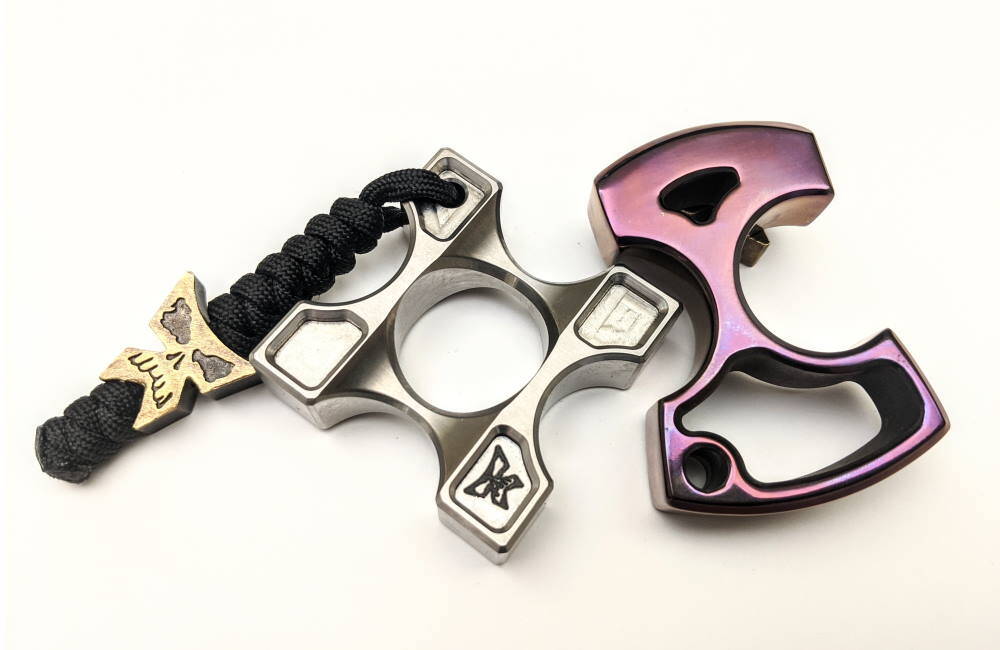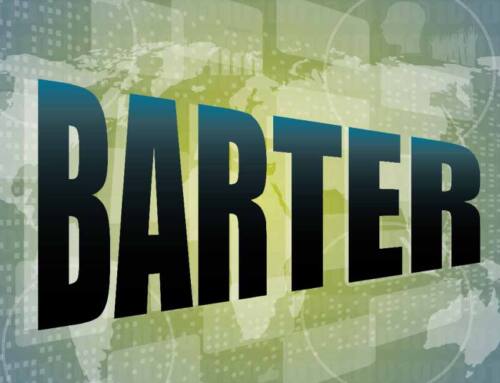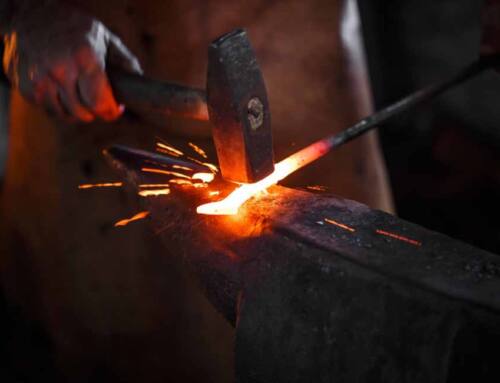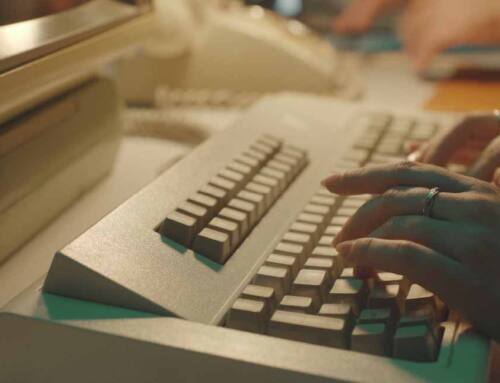Knuckle dusters are an ancient weapon that uses metal shaped to fit around the knuckles to intensify the impact of a blow from a fist. Used since at least the Roman Empire, they remain popular today as effective self-defense tools and as collectible items.
Once outlawed in most states, they have made a comeback in recent years. Texas recently became one of the biggest states to legalize knuckle dusters, lifting a ban on brass knuckles in September 2019. The ban had been on the books since 1918.
For those interested in knuckle dusters, the key is to research laws in your state, county and city. Federal law does not contain significant laws regarding brass knuckles, so local lawmakers have control over what is legal or illegal.
Some treat brass knuckles as a concealed weapon, requiring a permit, such as in Florida. Other areas (such as the states of California and Illinois) ban them outright. Still other areas leave it up to the courts to determine what is a “dangerous weapon.”
Why Are Brass Knuckles So Popular?
Brass knuckles remain popular primarily for two reasons: They are effective in self-defense and they have historical significance for collectors and hobbyists.
Made of metal, plastic or some other type of hardened material, knuckle dusters typically have metal loops that fit over the fingers and a base held in a closed fist. They sometimes are made as part of a necklace or keychain. Some versions also are affixed to other items, such as with the famous Marc I trench knife in World War I.
That knife, as well as other historical knuckle dusters, is the main reason why brass knuckles are so popular. Both serious collectors and hobbyists buy brass knuckles for their personal collections.
The History of Knuckle Dusters
Debate surrounds the exact beginning of knuckle dusters. Most historians agree Roman fighters used some variation of brass knuckles to inflict more severe damage on an opponent in the coliseum.
While not exactly what we now consider brass knuckles, the Nihang Sikhs used an early variant that included spiked “tiger claws” held in the hand or worn in a bracelet around the wrist. This was part of a remarkable array of weapons used by members of the warrior order that included sanjo (iron chainmail), dhala (buffalo hide shield) and jangi mojeh (war shoes with toe blades).
During the American Civil War, soldiers on both sides used brass knuckles. They include brass knuckles worn by President Abraham Lincoln’s bodyguards. Soldiers used cast iron and even wooden knuckles for close combat.
One of the most famous examples of knuckle dusters combined with another weapon is the Apache Revolver, a handgun with a knife blade and a brass knuckle butt. Made in the 1800s, it became a popular item for a criminal gang in Belle Epoque-era Paris that named themselves Apache (Les Apaches) after the Native American tribe in the United States, according to the book “Arms and Armor” by Michele Byam.
These two factors – it’s colorful history and usefulness as a self-defense tool – answer the question of why brass knuckles are popular, even in the 21st century. For those interested in adding knuckle dusters to their collection, it’s critical to do thorough research on the local laws and ensure you are not getting yourself into legal trouble by buying knuckle dusters.







Would like to purchase a pair of brass knuckles
I have some brass knuckles from war war2 what are they worth???
Renee,
Can you send me Some Fotos